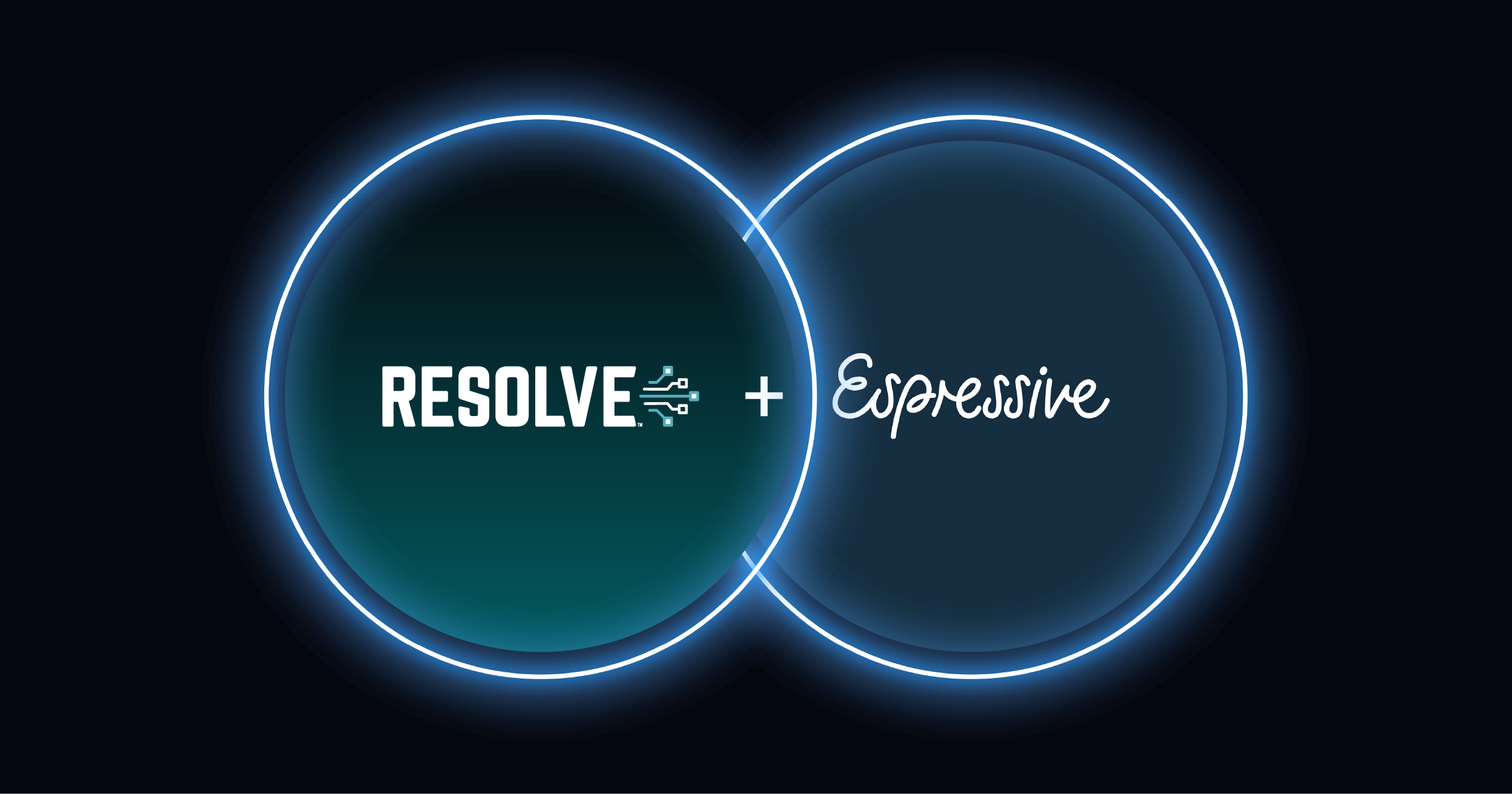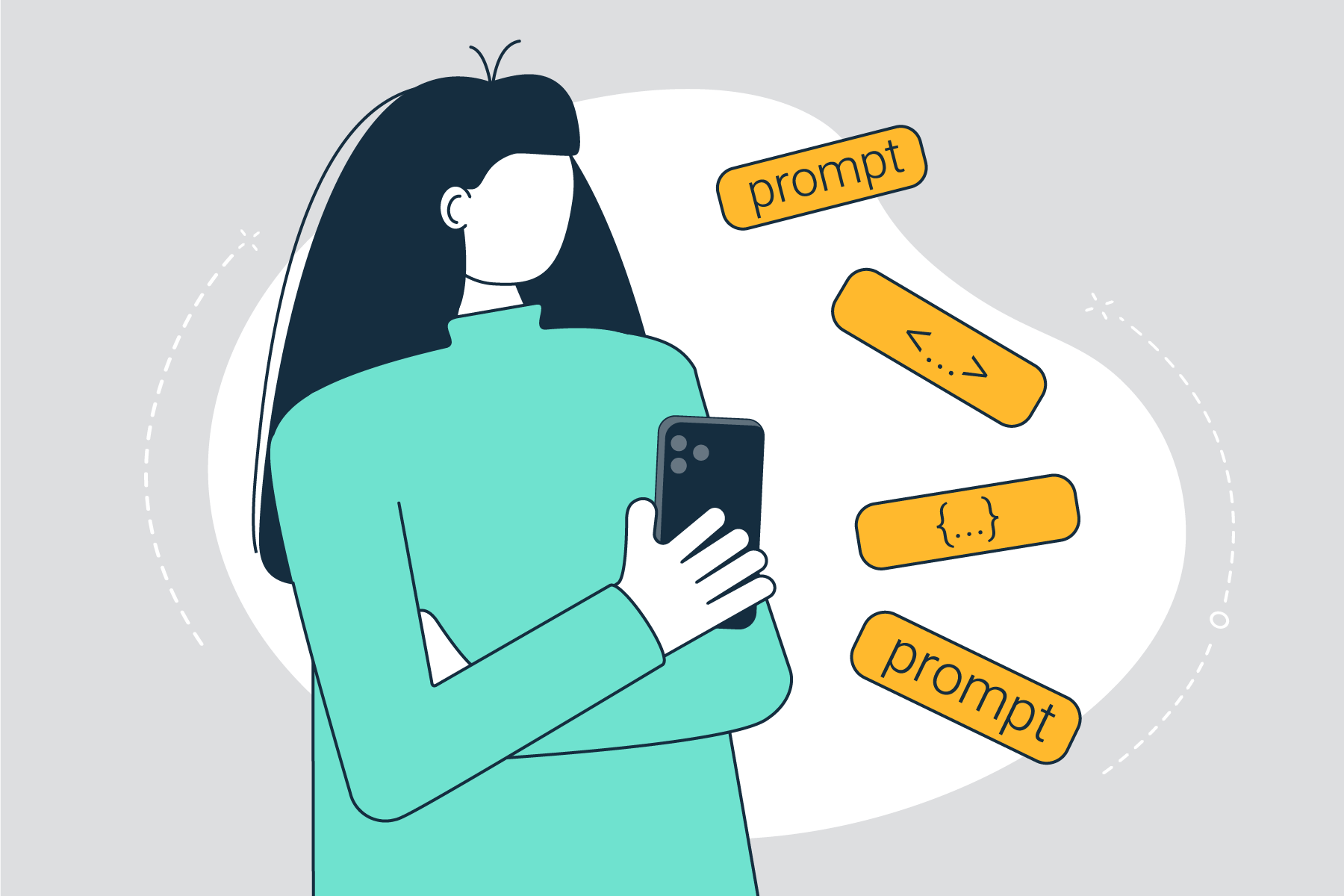
AI is going to make you better at your job. At Espressive, we have mastered the art and science of AI in the workplace—to help employees experience increased productivity and decreased workload all while enabling the organization to save valuable resources like time and money.
The best applications of AI in the workplace center around one key idea: deflection.
What is deflection?
Deflection is the rerouting of a task’s responsibility to a new place. Here's an example: your Benefits Manager in HR is responsible for helping employees manage their insurance benefits, and that individual may spend 20-30% of their day every day answering internal employee questions related to benefits. If we could deflect those questions away from the Benefits Manager, while still answering the employees questions, we just created real value in the organization. The Benefits Manager just got 20-30% of their time back in their day, while the employees needing help received accurate and fast answers from a different source they could trust.
This is where AI comes in at work: deflecting problems off of your employees and onto predictable, managed workflows driven by intelligent automation. At Espressive, we believe that AI doesn’t replace people—it deflects routine tasks away from people to protect their time.
Deflection is at the heart of AI for the workplace. It is the idea that AI can deflect problems away from your team to free them up for deeper focus on more strategic projects and goals, or allow you to organize your team around the more difficult problems. The result is saved time, more efficient use of resources, and happier employees.
At Espressive we found 6 key ways to use AI to deflect the support needs of your workforce with our BaristaGPT platform— the core architecture that enables our virtual agent, Espressive Barista, to understand your unique organization and select the right experience for every problem that your employees could ask. We’ve even given examples of what this looks like below to help you imagine new ways to more effectively run your team or organization.
1) Automated workplace support
Your workplace is made up of predictable processes and policies that can be automated. For example, when you’re onboarding new employees, there is a typical onboarding process that always happens for every new team member. Also, when websites or networks go down, there is a standard way of requesting support for these issues from your IT team. Processes that depend on standardized workflows are a perfect opportunity to deflect responsibility off of your team and onto AI.
Example of AI in the workplace: Rhonda needs a new license to continue to use her Jira account at work, and typically she would email IT to request this and wait for a response. Instead, now Rhonda opens up the IT virtual agent, Barista, on her work computer, and requests a new software license by simply asking conversationally. Barista not only understands her request, but knows that (per company policy) all software licensing requests require manager approval before being granted. Barista first notifies Rhonda’s manager and once her manager approves the request, Barista provisions the new license for Rhonda right away. Rhonda can continue working as usual, and the IT team never needs to be involved.
2) Answers to questions inside the workplace
As your company grows over time, it builds a bank of internal knowledge, including policies and procedures that tell how the company is run—what are the procedures, job descriptions, chains of command, compliance requirements, security protocols, etc. that govern your company.
At Espressive, we’ve learned that your knowledgebase is a rich source of language to train our AI model with, so that questions that are specific to your company can be answered even faster and deflected away from IT agents and HR help desks.
Example of AI in the workplace: Ghenki is new to the office and wants to understand the office dress code policy better. Typically he would search for HR policies on the company intranet, taking time to find the right article, and if he couldn’t find it, he’d end up walking over to the HR help desk and hoping someone is available to answer his questions. Instead, Ghenki asks a conversational AI tool like Barista, right there on his computer, and the exact answer is pulled from company documents right away. Ghenki even asks multiple follow-up questions to clarify the policy, and those answers are given to him in a conversation that’s easy to follow and derived right from policy documents.
3) Answers to questions outside the workplace
Inevitably, your employees will expect a workplace AI tool to not only answer questions related to the organization, but also questions that reference material outside the organization’s workflows and knowledgebase. More than likely, they have already used a public LLM like ChatGPT to get help at work, which can present a security risk.
Rather than outright banning the use of public LLMs, choose a workplace AI solution that:
- Provides a safe and secure gateway to outside platforms like ChatGPT, and
- Has retrieval augmented generation (RAG) capability to reference approved resources and sites outside the organization.
Example of AI in the workplace: David used to use ChatGPT at work on his office computer, but there were privacy and compliance risks involved with exposing company information to publicly trained models like ChatGPT. But now that the organization uses an LLM gateway like Barista, David is able to responsibly use ChatGPT on his office device with specific areas of content restricted and internal policies in complete compliance during usage.
Example of AI in the workplace: Ana uses her workplace computer to ask Barista questions about the changes to the company’s insurance policy. Barista generates those answers quickly and carefully, based on her location and job title, but then Ana has broader questions about the difference between a premium and a deductible. Barista goes outside the organization to approved sites to find a dictionary-level definition to provide to Ana so that she gets her answer in the same conversation.
4) Intelligent, back-and-forth troubleshooting
Everyone can relate to a situation where a machine's answer wasn’t enough, and we end up insisting on speaking to a person instead. Remember that time you called customer support and waited through their automated options, but none of them matched your needs? You kept waiting and waiting to speak to a real person who could help you navigate the nuances of the problem you were experiencing.
The last thing your organization wants is the same feeling with their workplace AI tool—that it doesn’t really solve employee problems, and they still need to go to a person (which defeats the whole purpose of deflection). The Barista Experience Selector is able to direct each workplace AI conversation down the appropriate path to give the employee exactly what they need—even if that means asking follow up questions and diving deeper until the employee issue is understood and can be resolved.
Example of AI in the workplace: Sunnie got an error message when she tried to connect to a company resource, so she opened up Barista to log a support request. Instead of logging a request though, she’s having a conversation: “I’m getting an error 401 when I try to connect," she types and Barista responds saying the VPN may not be connected. Once Sunnie verifies that her VPN is connected, Barista moves to the next part of troubleshooting until they realize that Sunnie hasn’t downloaded the recent software patch. Through an automation, Barista is able to download the patch for Sunnie and the problem is resolved in a matter of minutes without requiring IT support. Even better, Sunnie’s coworkers are also redirected by Barista to download the recent software update before seeking additional support.
5) Detect system outages automatically
We don’t like to admit it but sometimes apps, endpoints, networks, hardware, and systems fail—and when they do, the organization can incur serious costs. Operational delays, customer experience issues, and lost revenue typically follow.
This is a perfect place to bring AI into your organization: to detect and resolve outages faster, streamline the support processes, and free your team from dealing with a deluge of support tickets related to critical system outages.
Example of AI in the workplace: Oh no, the network is down at our busiest location! Nick used to have to call or email the IT service desk to get this resolved, but while Nick was calling, 17 other employees were doing the same thing. This causes frustration and distraction for the IT team while they’re dedicating critical attention to the problem. Now, Nick reports the network down and an AI tool like Barista steps in to identify the root cause of the outage. Barista even runs diagnostics on Nick’s computer to verify if anything else on the machine is causing the bad connection. And it doesn’t just stop there: once the problem was identified, Barista executed a complex workflow to solve it and restore the network, freeing up the IT service desk to manage other critical solutions for the organization.
6) Generative AI Co-Pilot
Some aspects of workplace support that have less to do with automating processes and procedures, and more to do with generating workplace-related content. Need help writing an email, building a checklist, or generating content for a new promotion? What good is generative AI in the workplace if it doesn’t do these things too?
Example of AI in the workplace: Javier needs help sending an email to managers of employees who failed to complete a required training that was due last week. Javier simply asks Barista, and Barista asks the necessary follow-up questions, like which managers the email needs to go to. Then, using context from within the organization’s knowledgebase, Barista generates a sample email for Javier with text encouraging team members to complete the training. Javier simply copies the content into an email, hits “send,” and heads to the break room for a quick coffee.
See the Barista Experience Selector for yourself
We have countless examples of how we’ve deflected tasks, helped organizations streamline support, and established immediate ROI on day 1 of implementation. If your workplace is ready for AI to start deflecting tasks, book a demo with us today.












